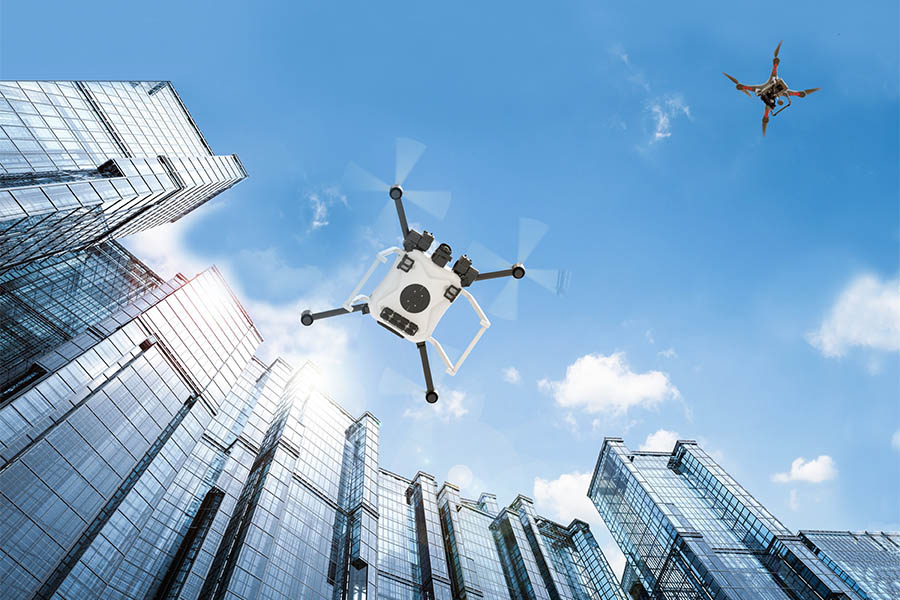Purdue part of multidisciplinary team selected for NASA grant

Purdue AAE researchers are part of a multidisciplinary team selected by NASA’s Aeronautics Research Mission Directorate for a four-year, $8-million grant through its University Leadership Initiative (ULI) program.
Five teams led by university faculty were selected to receive the ULI to examine a range of technical areas in support of NASA’s aeronautics research goals.
North Carolina Agricultural & Technical State University is the principal investigator on a project that includes team members from Purdue and Georgia Tech, as well as industry partners Aurora Flight Sciences, Alaka’i Technologies Corporation, General Atomics Aeronautical Systems and Northrop Grumman Corporation.
Purdue will receive about $2 million of its team’s $8-million grant.
The team seeks to develop a novel integration of secure and safe autonomous systems used on unmanned Advanced Air Mobility (AAM) aircraft with the goal of advancing their technical readiness level and be ready for industry to consider using these technologies, according to NASA’s release. The team intends to validate these systems with flight tests of multiple aircraft, the NASA release said.
“We won’t have the luxury of physical space to build more roads as the populations in urban areas continue to grow,” said Abdollah Homaifar, the principal investigator and a NASA Langley Distinguished Professor at North Carolina Agricultural & Technical State University. “I am excited for this collaboration as we are addressing real challenges in our society that require solutions that one group cannot provide alone.”
In order to achieve and sustain these long-term goals, the project will offer hands-on research for both undergraduate and graduate students and support outreach opportunities that introduce K-12 students to engineering.
“The project leverages interdisciplinary expertise to engineer new capabilities in unmanned Advanced Air Mobility,” said Robin N. Coger, dean of the College of Engineering at A&T. “This project is a wonderful example of the scale of innovation possible when research universities, industry, and NASA partner together.”
Daniel DeLaurentis, a professor in AAE, is Purdue’s PI on the project. He’s joined by AAE faculty Inseok Hwang, Dengfeng Sun and Shaoshuai Mou and visiting assistant professor James Goppert.
Purdue work will focus on innovations in secure and robust distributed autonomy and control algorithms applicable to both cargo and future passenger carrying advanced air mobility, DeLaurentis said. Purdue’s part also includes systems of systems integration simulation and analysis of the independent technologies.
“Each of these teams is working on important problems that definitely will help break down barriers in ways that will benefit the U.S. aviation industry,” director of NASA’s Transformative Aeronautics Concepts Program John Cavolowsky said in a release.
Typically, NASA specifies project goals in agency-funded research programs. But with the ULI, universities were asked to come up with a compelling investigation that addressed a technical challenge of the strategic research thrusts of NASA.
Purdue’s group targeted the “secure and safe assured autonomy” thrust, and the team’s topic is “Assured Autonomy for Aviation Transformation.”
Another key goal of ULI is for the student researchers involved to gain experience in leading a multidisciplinary team made up of partners from other universities and industry, especially representing those who traditionally have not applied their skills to aviation problems, the release said.
Sources: North Carolina A&T; NASA; Dan DeLaurentis
